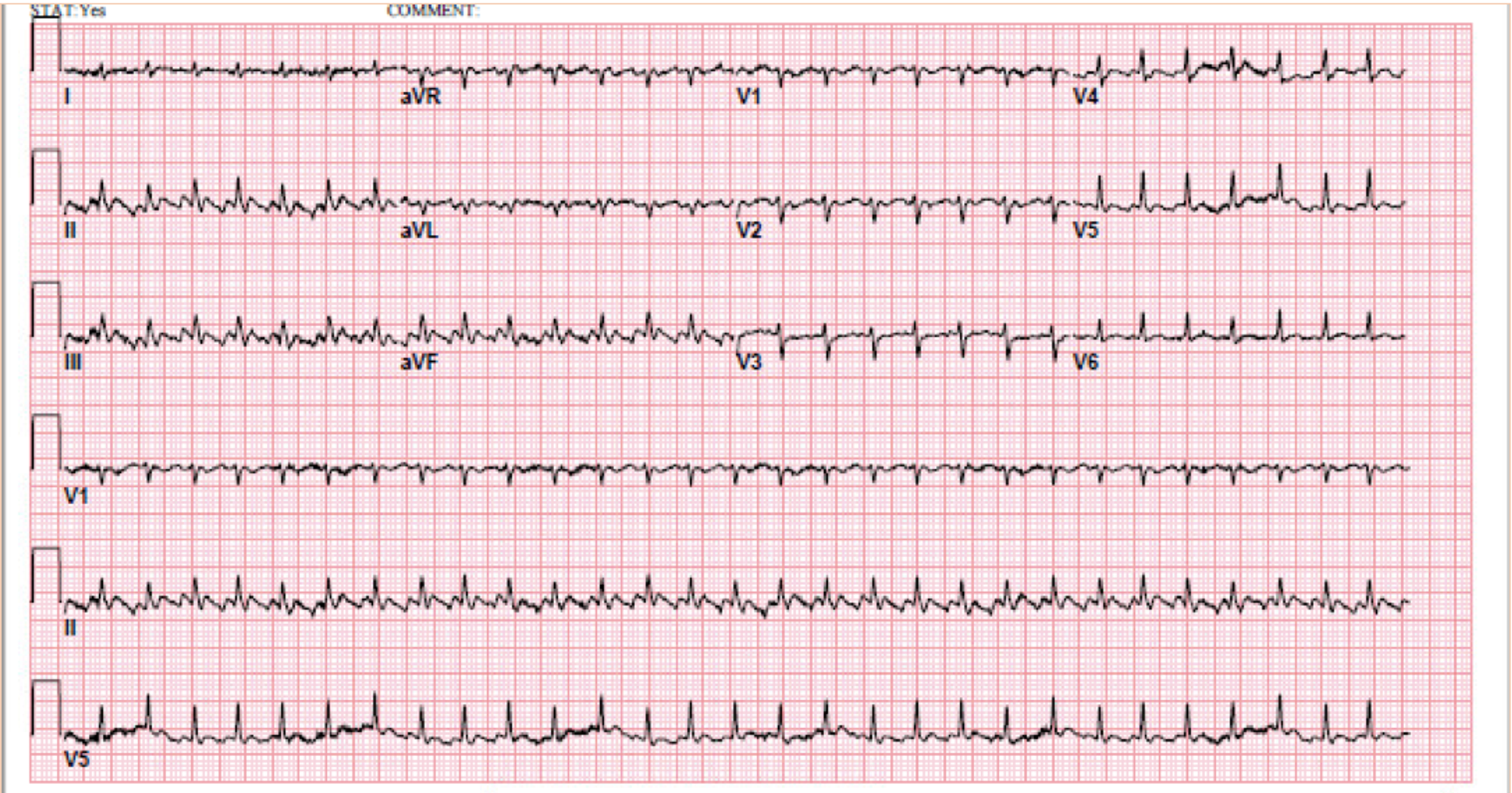

Myocardial injury is neither a CC nor an MCC and has no immediate effect on revenue under the MS-DRG payment system. Demand ischemia is a CC and has the potential to affect reimbursement. Myocardial injury and demand ischemia with resultant myocardial injury will frequently be inter-related and not easily discernable from one another.ĭemand ischemia is the more specific of the two terms, and, depending on the clinical situation, it would be an appropriate option for CDI professionals to include when asking for clarification regarding the significance of elevated troponins. In reality, the myocyte injury most likely results from a combination of these factors, and many more. However, if the myocardial injury is due to the presence of a tissue necrosis factor in the setting of sepsis, then the less specific term of myocardial injury would be more appropriate. Demand ischemia captures the presence of myocardial injury but also defines the underlying pathophysiology of the injury.
#P atrial flutter icd 10 code#
Acute myocardial injury can be seen in many situations, including atrial fibrillation, sepsis, and hypovolemia.ĭemand ischemia, reported with ICD-10-CM code I24.8 (other forms of acute ischemic heart disease), refers to the mismatch between myocardial oxygen supply and demand, which is evidenced by the release of cardiac troponin.įor example, if sepsis is causing a myocardial oxygen supply/demand mismatch resulting in the injury of myocytes, then the “myocardial injury” is due to the more specific entity of demand ischemia.

5.Ĭhronic myocardial injury can be seen with other diagnoses such as chronic kidney disease and congestive heart failure. In an acute injury, one will see a pattern of rising and falling elevated cardiac troponin levels, as opposed to a chronic injury where the cardiac troponin levels would be elevated but would not demonstrate the rising/falling pattern of an acute injury.Īn acute myocardial injury with accompanying signs of acute myocardial ischemia, for example chest pain or ST segment elevation on an EKG, would meet the definition of an acute myocardial infarction and be coded thusly.Ĭhronic myocardial injury, acute myocardial injury without accompanying evidence of acute myocardial ischemia, or myocardial injury not otherwise specified would be reported with ICD-10-CM code I51.89 (other ill-defined heart diseases) for a nontraumatic myocardial injury, according to Coding Clinic, Second Quarter 2019, p. Myocardial injury can be acute or chronic in nature. A myocardial injury is defined as cardiac troponins measured at above the 99th percentile of the upper reference limit. Injured heart muscle cells leak enzymes, namely cardiac troponin. Taking the time to review the clinical criteria and reporting for myocardial injuries will help inpatient coders accurately report these diagnoses.Īt the most basic level, myocardial injury refers to injury of the muscle cells of the heart. While “myocardial ischemia” is a familiar term to CDI professionals and inpatient coders, the term “myocardial injury” does not share the same widespread recognition. ~ The Fourth Universal Definition of Myocardial Infarction (2018) , “The clinical definition of myocardial infarction denotes the presence of acute myocardial injury detected by abnormal cardiac biomarkers in the setting of evidence of acute myocardial ischemia.”


 0 kommentar(er)
0 kommentar(er)
